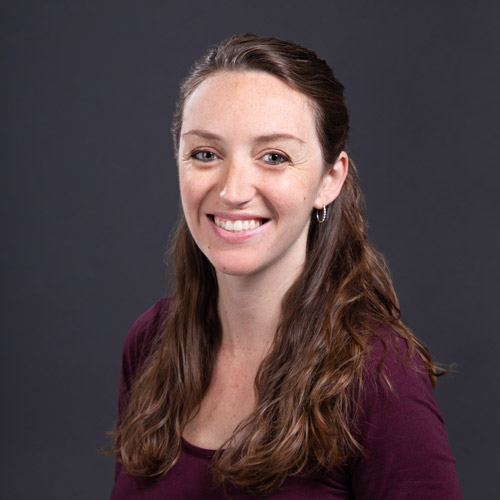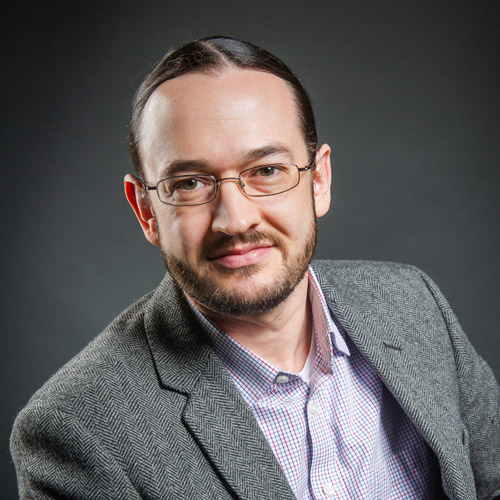Biking in Boston, Seriously
Comm Ave improvements promise a safer commute
Class is at the College of Communication in 20 minutes, but home base is StuVi II. Among the options for making it on time are catching the BUS (BU Shuttle), cramming onto the Green Line, or sprinting down Comm Ave. And one more: riding a bike.
But you need to know a few things before pedaling away.
Comm Ave is one of the most heavily trafficked thoroughfares in Boston—a strip of pavement that is clumsily shared by cars, trains, buses, pedestrians, and the occasional skateboard. Michelle Consalvo, assistant vice president for government and community affairs, says that more than 36,000 cars, 45,000 bus and train passengers, 20,000 pedestrians, and about 3,000 cyclists travel Comm Ave every day. And the biking contingent is growing fast. The US Census Bureau reports that nationwide, biking to work has increased 60 percent over the last decade, as city streets become more congested and people look for transportation that is less expensive, more environmentally friendly, and in Boston, a lot faster.
But while riding a bike down the avenue is often the fastest way between two points, it is also the most precarious. Boston Emergency Medical Services reports an average of 520 bike crashes citywide each year from 2010 to 2014, and some of those crashes have been fatal. According to the Boston Globe, at least 13 people have been killed on bikes in Boston over the last five years. Three of them were members of the BU community: Christopher Weigl (COM’13), who was killed in 2012 after a collision with a tractor-trailer at the Comm Ave and St. Paul Street intersection, Chung-Wei “Victor” Yang (CAS’15), who was struck by an MBTA bus the same year at the intersection of Harvard and Brighton Avenues in Allston, and Anita Kurmann, a researcher in Boston Medical Center/BU’s Center for Regenerative Medicine, also killed by a tractor-trailer collision at the intersection of Beacon Street and Massachusetts Avenue this past August.
The map above shows the location and number of bike accidents that the BU Police Department has responded to on the Charles River Campus between 2010 and 2015. Mouse over the map markers to see how many accidents have occurred in each location.
The BU Police Department has mapped 121 incidents it responded to from 2010 to 2015 on the Charles River Campus. The map above shows that accidents happen all over campus, from South Campus to Brighton Avenue, but that most—more than 75 percent—happen on Comm Ave.
After years of debate about how to make Comm Ave safer for cyclists, in 2013, a joint BU-city working group made recommendations for the avenue that included more warning signs, better bike lane markings, and highway reflectors.
Last March, the city of Boston unveiled a plan to install a barrier that will separate bikers from motorists on the stretch of pavement between Packard’s Corner and the BU Bridge. The 6.5-foot-wide bike lanes on both sides of Comm Ave will be separated from traffic by a row of parked cars and by 3-foot-wide raised buffers between the parked cars and the cyclists.
The plan also includes protected right turn islands that will allow bikes to veer slightly away from Comm Ave at intersections, so cars will cross a cyclist’s path after making the turn, giving both cyclist and driver better visibility and more reaction time. Expect to see bike boxes, painted lines that give bikes a head start on cars at intersections (think the BU Bridge area). An elevated crosswalk at the troublesome intersection of Comm Ave and St. Paul Street will also slow motor traffic entering the area. The $17 million project will begin next spring and is slated for completion by fall 2017.

“The project designers listened closely to the cyclist community, pedestrians, and drivers,” Consalvo says. “One of President Brown’s highest priorities is to make sure that Comm Ave is safe for all users of the community.”
Local police forces are joining the effort. On the morning of BU’s annual Sustainability Fair earlier this month, officers from the Brookline, Boston, and BU Police Departments handed out 200 free helmets in a span of 1 hour to cyclists spotted on Comm Ave not wearing one.
Bikers at the fair complained about pedestrians crossing the street after looking for cars, but without looking for bikes, which have the right of way over walkers. “Last week, a pedestrian walked out in front of me in the rain, and I flipped across my handlebars and skinned my hands and knees,” says Derek Hartnett (CAS’16). “They didn’t even stop to see if I was OK. But I’ll admit, I walk out in the middle of the street when I’m a pedestrian, too.” And too often, cyclists say, cars pull over in a bike lane to let someone out. Drivers complain of cyclists weaving in and out of traffic, or running a red light.
As another school year begins, Comm Ave commuters continue a kind of marathon free-for-all, with bikers complaining about the negligence of drivers and pedestrians, drivers complaining about bikers and pedestrians, and pedestrians complaining about drivers and bikers. The one thing they seem to agree about is that even with the scheduled improvements, Comm Ave will not be safe until all three contingents learn to be a lot more vigilant and more respectful of one another.
BU Parking & Transportation Services has created two infographics with tips and tricks for both bicyclists and drivers:
Devin Hahn can be reached at dhahn@bu.edu.




Comments & Discussion
Boston University moderates comments to facilitate an informed, substantive, civil conversation. Abusive, profane, self-promotional, misleading, incoherent or off-topic comments will be rejected. Moderators are staffed during regular business hours (EST) and can only accept comments written in English. Statistics or facts must include a citation or a link to the citation.